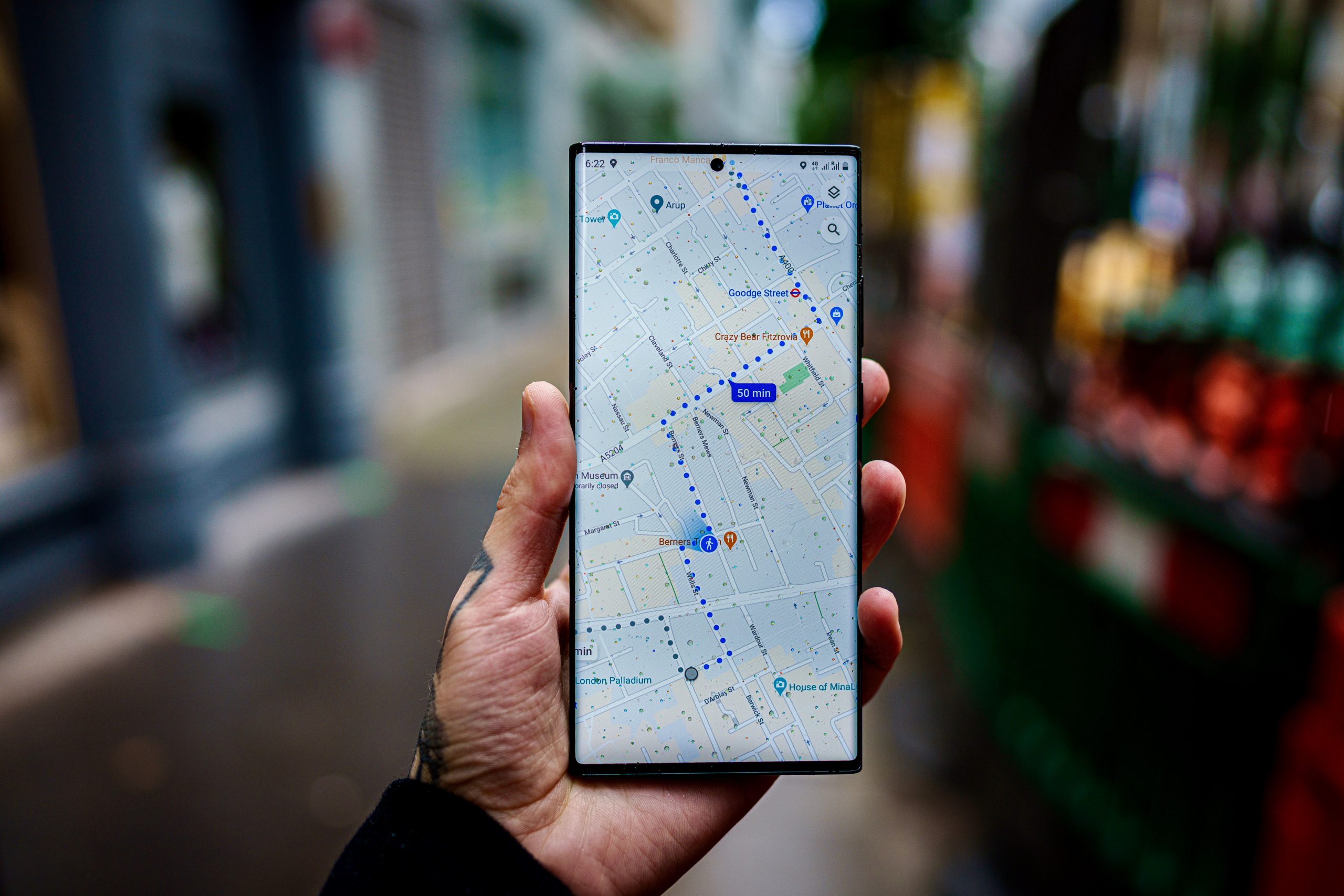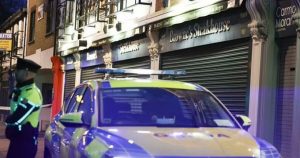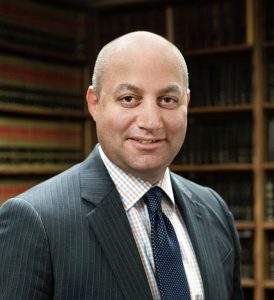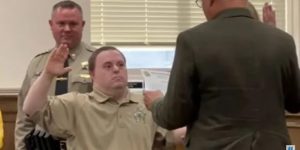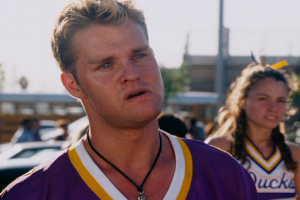Italian mafia fugitive Gioacchino Gammino was caught by police after he was spotted on Google Maps in Spain.
An investigator told news agency Reuters that Gammino had been tracked down in Galapagar, Spain, where he was living under a fake name. After a picture of him surfaced on Google Street view outside a fruit shop, the police reached his location.
“The photogram helped us to confirm the investigation we were developing in traditional ways,” Nicola Altiero, deputy director of the Italian anti-mafia police unit (DIA), said.
Also Read | Illinois officer pleaded for life before being shot by her own gun: Prosecutor
Gammino, 61, was among Italy’s most wanted gangsters. He was on the run for nearly 20 years before his latest arrest.
A member of a Sicilian mafia group called ‘Stidda’, he was first arrested in 1984, when he was investigated by the anti-mafia judge Giovanni Falcone, who was assassinated by the mafia in a car bomb in 1992. This was followed by a second arrest in Barcelona in 1998.
He escaped Rome’s Rebibbia jail back in 2002. A year later, he had been sentenced to life imprisonment in a murder case.
Altiero said the fugitive is currently under custody in Spain and they hope to bring him back to Italy by the end of February, reported Reuters.
Also Read | Drug dealer who decorated Christmas tree with cash and cocaine arrested
Gammino was seen outside a fruit and vegetable shop called ‘El Huerto de Manu’ in Galapagar. In disguise and under the name ‘Manuel’, he was working as a chef and owned a fruit and vegetable shop in the city, according to reports from The Guardian.
When he was caught after nearly twenty years, he reportedly told police, “How did you find me? I haven’t even called my family for 10 years!”
Also Read | 2021 ends as Chicago’s deadliest year in a quarter century
The Palermo prosecutor Francesco Lo Voi, who led the latest investigation, told The Guardian, “It’s not as if we spend our days wading through Google Maps to find fugitives. There were many previous and long investigations, which led us to Spain. We were on a good path, with Google Maps helping to confirm our investigations.”

